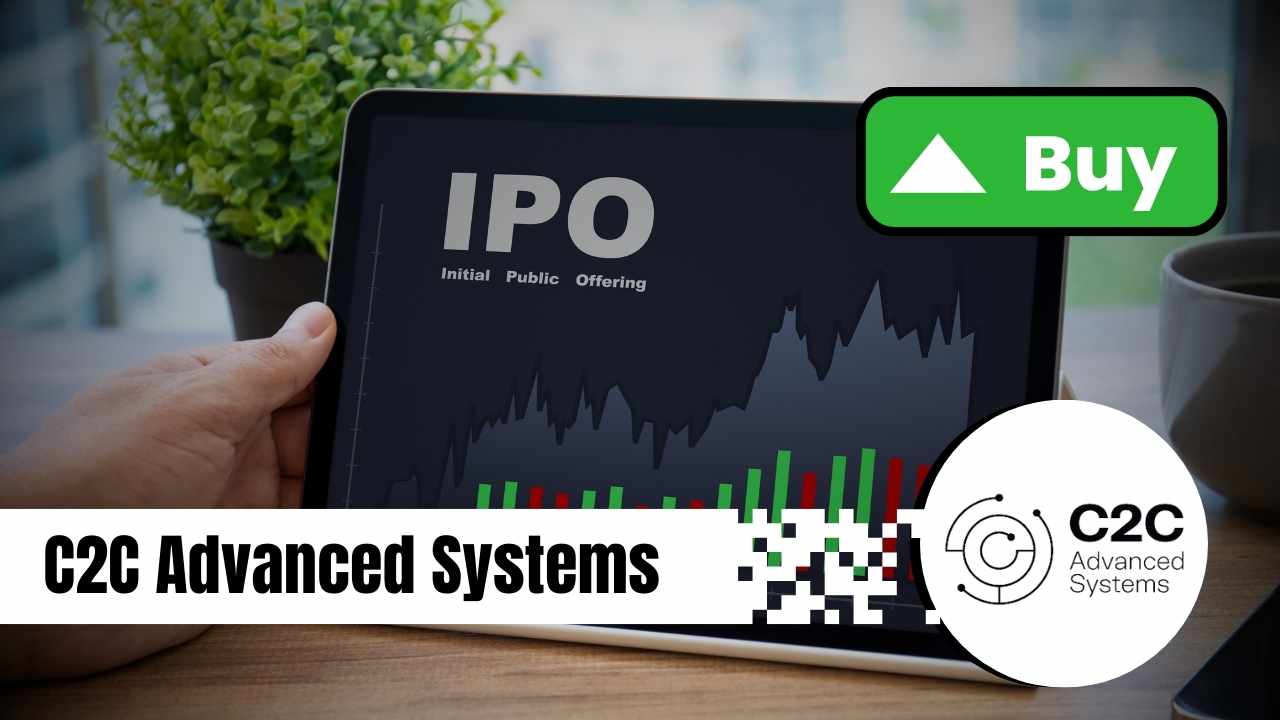Recently, Indian financial markets have started to feel the impacts of escalating geopolitical conflicts, particularly the wars in Ukraine and Gaza. For the first time, the Indian benchmark indices experienced declines during all four trading sessions last week. Concurrently, the stability that characterized global oil markets for over a year was shaken, exemplified by an 11.5% surge in WTI (Western Texas Intermediate) crude oil prices within a single week. Understanding these dynamics is crucial for investors navigating the turbulent waters of equity investments.
Geopolitical Implications of Increased Conflict
For traders in the oil and gas sector, grappling with market fluctuations requires not only a solid handle on supply-demand trends but also a nuanced understanding of geopolitical landscapes. Effective trading often involves a degree of educated guessing, given how world events can disrupt markets.
Iran holds a significant position in the global energy sector, boasting the third-largest oil reserves—approximately 12% of the world’s total—and the second-largest natural gas reserves. Its light and sweet crude oil, coupled with high-calorific natural gas, are critical to the global market. However, the current climate of uncertainty escalates as Israel threatens to attack Iran’s energy infrastructure, which compounds the fears of potential supply disruptions.
The Risks in Global Energy Markets
The ongoing conflicts are further complicated by the hurricane season in the United States, which stretches from June to November. Storms cause major cautionary shut-downs in offshore drilling and transportation, demonstrated by recent damage inflicted by Hurricane Helene in Florida. With more hurricanes on the horizon, the energy market faces multiple threats that heighten the risk of supply chain disruptions.
Significance of the Strait of Hormuz
Oil and gas traders often focus intently on the Strait of Hormuz, a pivotal channel through which about one-third of the world’s natural gas and a quarter of its oil exports pass. Any disturbances in this vital corridor could reverberate across global supply chains, leading to steep price hikes and market uncertainty.
In response to threats to its energy infrastructure, Iran has a history of attempting to block the Strait using military vessels and marine mines. Even without direct conflict, such moves can significantly increase shipping costs, as seen through rising insurance premiums and heightened fuel prices.
Market Resilience Amid Uncertainty
The initial market reactions to geopolitical tensions can be sharp and negative; for example, on September 30th, the markets opened significantly lower. However, it is essential to remember that markets generally exhibit resilience and tend to recover from adverse shocks over time. Historical precedents, such as the turmoil following ISIS’s emergence in 2012, reveal that markets can rebound relatively quickly even after severe disruptions.
It is also notable that while wars usually trigger immediate market panic, they often create opportunities for savvy investors. As seen from previous conflicts, sectors may experience fluctuations, but for each that lags, another often rises in response to changing demand dynamics.
Investment Strategy during Conflicts
Investors should remain optimistic, acknowledging that conflicts in the Gulf are typically short-term, especially given Iran’s reliance on oil revenue. Disruptive actions on its part may be self-defeating, as blocking the Strait of Hormuz would cut off its own energy exports, leading to financial strains.
For investors, it is wise to remain watchful of sectors that could be impacted by rising energy prices. Below are some key vulnerable sectors to consider during such tumultuous times:
| Sector | Potential Impact |
|---|---|
| Banks | Wars typically increase inflation and reduce deposits, straining banking stocks. |
| Merchandise Exporters | Companies reliant on trade with conflict zones may face declines in stock performance. |
| Petro-based Raw Material Importers | Industries facing surging raw material costs could experience profit dips. |
| Fertilizers | Spikes in nitrogen fertilizer prices may arise due to energy cost increases. |
| Transportation and Logistics | Higher diesel prices could impact profitability until fuel costs stabilize. |
Conclusion: Navigating Uncertainty with Care
Conflict-driven anxiety is a natural response, but historical analysis suggests that enduring and even increasing positions can yield rewards in times of market turmoil. Having traded since 1986, I have observed that crises frequently lead to advantageous buying opportunities.
While today’s market environment is dynamic, understanding the broader picture, maintaining a keen focus on emerging trends, and leveraging opportunities amid chaos can pave the way for prosperous investment outcomes. Remember, while caution is necessary, trading requires boldness—after all, ships are safest in the harbor, but they are built to sail into the unknown.
Note: The insights provided here are for educational purposes only and should not be construed as financial advice. Please consult a professional advisor before making investment decisions.










